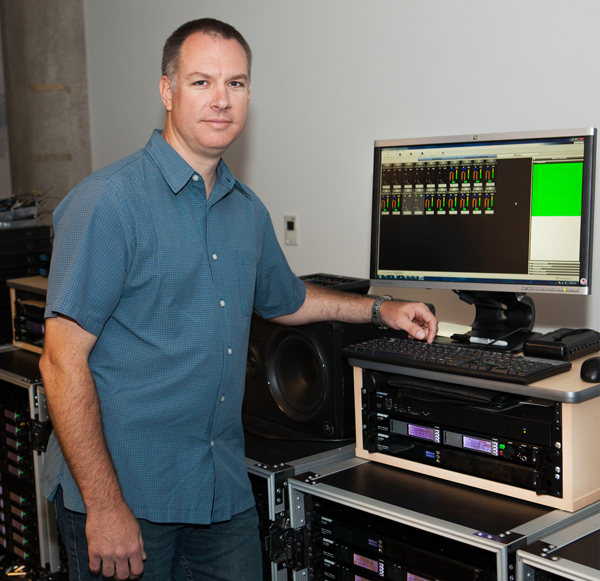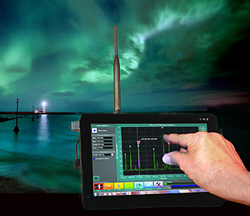One fact about the wireless landscape is inevitable – it will continue to be more congested with a variety of devices, and available space for wireless microphone systems, in-ear monitors, and intercoms will be even harder to find.
In a recent webinar on ProSoundWeb, noted RF expert James Stoffo warned of the coming effects of new FCC rulings that will allow consumer wireless devices to operate in the UHF bandwidth, with the exception of two 6 MHz bands just below and above TV channel 37. Says Stoffo, “In the near future, your audience may be full of smart phones transmitting data right on top of your wireless systems.”
These conditions make it even more necessary to survey the RF environment before and during the show, as well as coordinate frequencies, monitor wireless systems for potential interference situations, and have the ability to make informed changes on the fly.
This effort will take a combination of hardware and software approaches, such as proprietary wireless management tools available from wireless manufacturers and third-party spectrum analyzers, coordination programs, and similar offerings.
The main goals are to detect and avoid interference conditions, have enough clear frequencies for all of your devices, and make correct frequency choices that don’t increase the interference potential.
Many current wireless systems themselves are now smart enough to do some of the major work. Systems are frequency agile over quite a wide bandwidth, with pre-coordinated frequency groups within clear TV channels. Most have the ability to detect other potentially interfering RF signals, and choose frequencies that avoid them.
Digital systems are more resistant to certain types of interference than their analog counterparts. Antenna distribution and receiver-to-transmitter communication is built in. And they can be controlled over a network.

Networking Connections
The first requirement for a wireless system to be remotely controlled or monitored is for the receiver to have a network connection. This feature is now practically ubiquitous on pro-caliber wireless systems.
The typical connector is an RJ45 to link to a standard Cat-5 or Cat-6 network cable, though some systems like the Lectrosonics Venue use USB and RS-232 ports. Commercial or proprietary Ethernet hubs then channel the real-time information to the computer running system management software.
Some receivers provide an additional linking connection among the units being used together, so that information can pass among them – enabling the whole group to be frequency coordinated or otherwise controlled from a single network connection.
The Audio-Technica AEW-R5200 can function in both manners, either by connecting each receiver separately to an Ethernet hub or by designating one receiver as master and others as linked slaves, then sending a single Cat-5 connection from the master back to the control computer running Artist Elite software.















